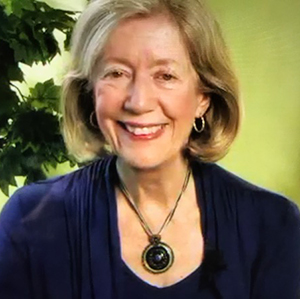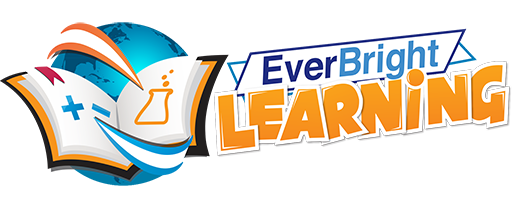
Victus Study Skills System.
In addition to her God, her family and friends, she enjoys painting and writing (www.godsmiracleofsebastian.com). She is blessed with a wonderful husband, 6 children, and 9 grandchildren.
In my first article, we discussed the importance of answering the question, “Where am I now?” When students have completed this step, they have identified their learning strengths and current study habits. Now they are ready to move to the second step: “Where do I want to be?”
Let’s take another look at the previous examples. President Reagan’s admonition, “Mr. Gorbachev, tear down that wall!” and President Kennedy’s statement to Congress that the nation should commit to “landing a man on the moon,” are answers to the question, “Where do I want to be.” These statements are the articulation of a dream, and they set the course toward a particular destination.
For a student, the question, “Where do I want to be” is answered by writing a personal mission statement, and identifying goals that flow from this statement of purpose. Our mission statement and goals are broad and long term, and they help us take a preferred stand for the future. They identify where we are headed and what we are to become. They constitute our vision for our life.
FedEx has a slogan that reads, “Absolutely, positively overnight.” It is a mission. It’s a dream that is always there, although maybe not always accomplished. The mission will not change unless the core business of FedEx changes.
We want our students to be able to put their mission into words. We want them to ask themselves, “Why am I on this earth?” Talk with your student and ask him or her that question. There is no right or wrong here. Research shows that the main difference between successful and unsuccessful students has little to do with factors we might assume, such as socio-economic status or cultural background. The main difference is that successful students have a vision for their future.
 This is not a one-time conversation. We are helping to build and encourage their dream. Hopefully, your student can put that dream into words and write it down. It’s an exercise you might try, too! Your mission statement should be 25 words or less, and have emotional impact, describing why you are here or what you want to become.
This is not a one-time conversation. We are helping to build and encourage their dream. Hopefully, your student can put that dream into words and write it down. It’s an exercise you might try, too! Your mission statement should be 25 words or less, and have emotional impact, describing why you are here or what you want to become.
Once the mission is written, your student should identify their goals, also called priorities. These flow from our mission and are broad, usually expressed in one to four words. Goals are key areas where we want to see results—KRAs, as Peter Drucker, a renowned business consultant, called them.
Mine are written down, and I strive to live them in order of priority. I have four F’s: Faith, Family, Friends and Fortune. When I’m joking a bit I’ll say 4 F’s, and through them all I add 2 more: fun and football!
When I teach this lesson on prioritizing goals to students, I’ll tell them what mine are and then ask them what they think I would do right this moment if I received a call that one of my grandchildren was being rushed to the hospital with a broken arm, and the parents needed me?
The students immediately answer that I’d have to go to help.
Talk with your children about their priorities and then help them write them down. Think about your own priorities and write them down, too. Talk with your child about how you each strive to have your priorities correspond to how you spend your time. If family is important, is your time allocated accordingly?
Now that we’ve answered the question, “Where am I now,” and the question, “Where do I want to be,” our next article will answer the third important question of this series: “How do I get there?”

